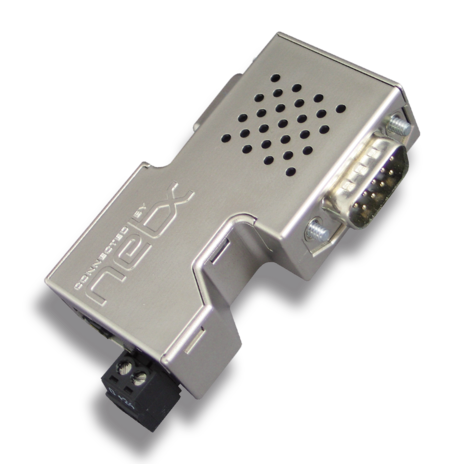As directly mountable or firmly attachable DIN rail devices, the adapters netLINK-MPI and netTAP-MPI replace expensive CP communication processors and allow programming, visualizing, and controlling S7-200®, S7-300®, or S7-400® PLCs via Ethernet.
The delivered driver can be integrated as a programming device (PG) into all well-known SIMATIC S7® engineering tools like STEP7® or TIA portal. The device is set up with the engineering tool or using conventional web browsers via the embedded web server.
The adapters are suitable to program or change S7-PLC control programs and to design HMI devices with the visualization software WinCC. Ethernet protocol “ISO on TCP” RFC1006 supports the coupling of any third party or SIMATIC® visualization station with the PLC. Once integrated into the plant or company network and connected to the internet, remote maintenance, and logging via a router across network boundaries with standard TCP/IP protocol are possible, too.
Organized in a network, direct communication between two or several PLCs via Ethernet can be realized. PLCs can even be coupled without Ethernet port. Fully integrated PROFIBUS diagnostics and Master Class 2 DPV1 services allow the complete DP Slave device configuration and parameterization in STEP7®.
Power is supplied by a 24 V DC connector. The S7 PLC directly supplies the netLINK-MPI connector with power. Since the contacts of connector and socket are connected with each other 1-to-1, the netLINK-MPI connector allows the trouble-free operation of further devices at the same MPI/DP bus.
